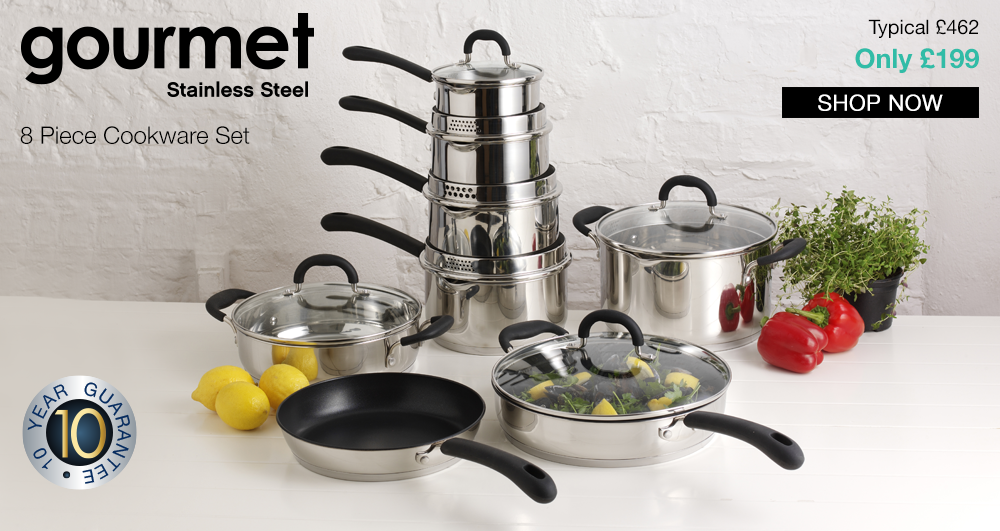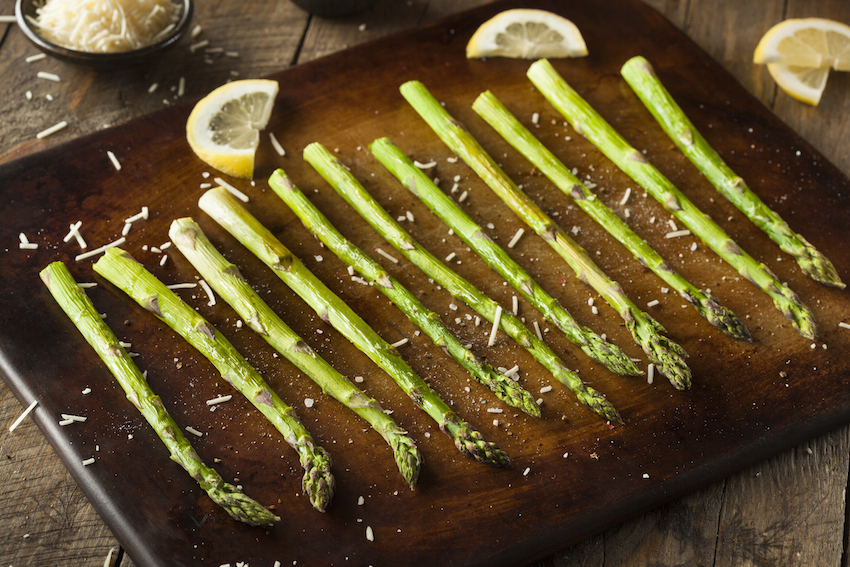Buying
cookware in the UK has never been easier, as ProCook offers a fantastic range
of gourmet kitchenware. Iconic meals such as fish
and chips, roast beef and Yorkshire pudding can be created using ProCook deep
fat fryers and roasting tins.
Who can resist mouth-watering apple pie and cream to follow your main course? It is a perfect dessert at this time of the year, and shops are full of newly harvested Bramley apples - the essential ingredient for the best apple pies. ProCook has a wonderful range of gourmet baking products that can be used to make this dish. All you need is a mixing bowl, rolling pin, sharp knife and a baking dish. Mix the flour, water and butter together, roll out the pastry into the dish and add your Bramley apples. Make a pastry lid, and place your ProCook tin in the oven. Leave to cook and when nicely browned, serve with lashings of cream. Delicious! An iconic desert that will delight everyone.
Why not practise for Bonfire Night with delicious grilled sweetcorn, hamburgers and jacket potatoes? All you need is a nice hot oven and some really good ProCook grill pans.
ProCook baking trays are perfect for scones and biscuits, as they conduct the heat to ensure all parts of the food are cooked to perfection. Or try a Victoria sponge using a springform cake tin.
Pancakes and crepes are irresistible but work best when cooked using ProCook frying pans and griddles. Welsh cakes also cook beautifully on a griddle.
Pizzas are one of the most popular meals served in the UK. Whether you are making your own or warming up a pre-made version, it is important to get the base cooked just right. If the heat is not conducted properly throughout the pizza, it may result in the pizza base becoming soggy or having a cold centre. Using a ProCook pizza stone solves the problem.
As a ProCook spokesperson points out 'To get the best results for any iconic dish and make sure that every meal is one to remember; buying the best cookware is essential. Whether you are looking for frying pans, saute pans, baking trays, casserole dishes, woks or griddles, buying cookware in the UK is the best option. Quality is guaranteed. ProCook products help make iconic meals.'
Who can resist mouth-watering apple pie and cream to follow your main course? It is a perfect dessert at this time of the year, and shops are full of newly harvested Bramley apples - the essential ingredient for the best apple pies. ProCook has a wonderful range of gourmet baking products that can be used to make this dish. All you need is a mixing bowl, rolling pin, sharp knife and a baking dish. Mix the flour, water and butter together, roll out the pastry into the dish and add your Bramley apples. Make a pastry lid, and place your ProCook tin in the oven. Leave to cook and when nicely browned, serve with lashings of cream. Delicious! An iconic desert that will delight everyone.
Why not practise for Bonfire Night with delicious grilled sweetcorn, hamburgers and jacket potatoes? All you need is a nice hot oven and some really good ProCook grill pans.
ProCook baking trays are perfect for scones and biscuits, as they conduct the heat to ensure all parts of the food are cooked to perfection. Or try a Victoria sponge using a springform cake tin.
Pancakes and crepes are irresistible but work best when cooked using ProCook frying pans and griddles. Welsh cakes also cook beautifully on a griddle.
Pizzas are one of the most popular meals served in the UK. Whether you are making your own or warming up a pre-made version, it is important to get the base cooked just right. If the heat is not conducted properly throughout the pizza, it may result in the pizza base becoming soggy or having a cold centre. Using a ProCook pizza stone solves the problem.
As a ProCook spokesperson points out 'To get the best results for any iconic dish and make sure that every meal is one to remember; buying the best cookware is essential. Whether you are looking for frying pans, saute pans, baking trays, casserole dishes, woks or griddles, buying cookware in the UK is the best option. Quality is guaranteed. ProCook products help make iconic meals.'









